The Article
Intona Technology’s USB 2.0 Hi-Speed Isolator: All alone in my Galvanic home
31st May 2017
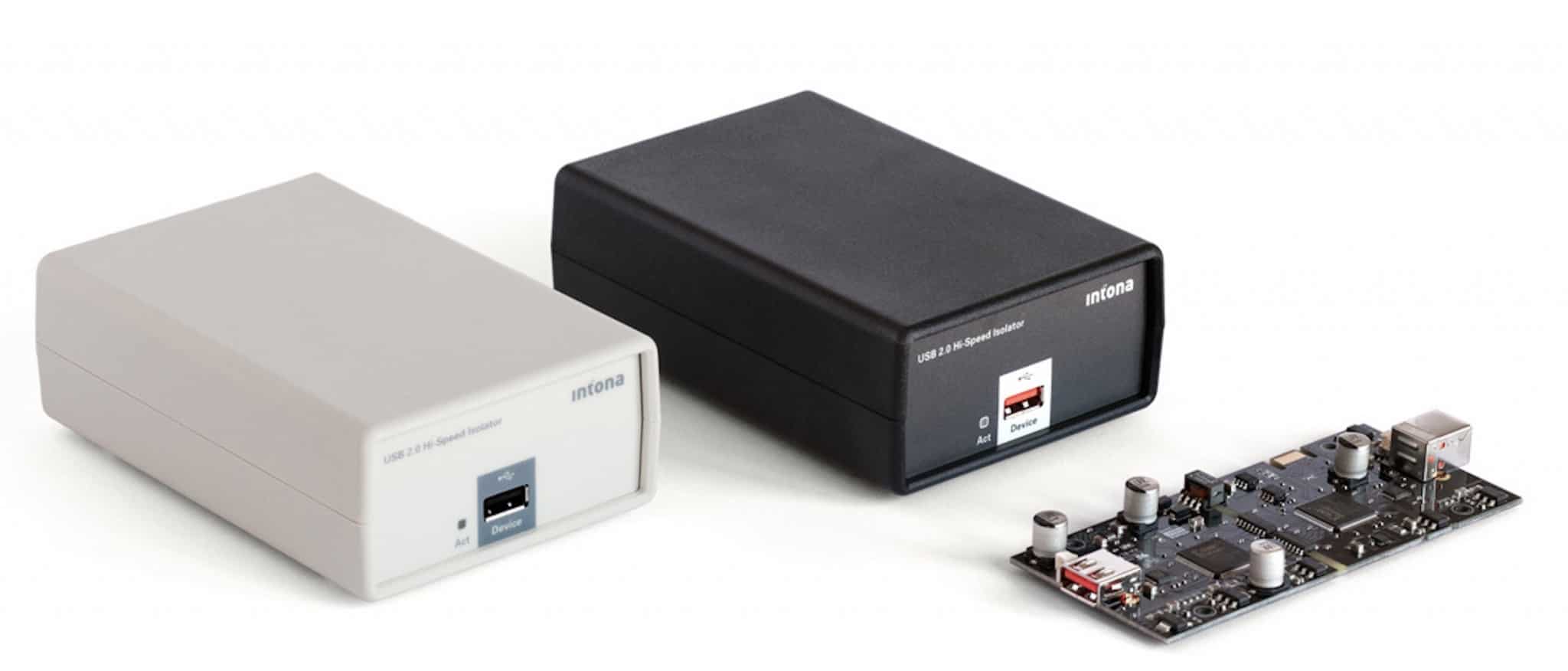
Digital music might very well be all about the ones and zeros but it is also subject to noise of various types which can reduce sound quality. Paul Rigby reviews one possible solution, the Intona Technology USB 2.0 Hi-Speed Isolator
This little box wasn’t initially designed for hi-fi use. The initial demand was seen from the science community, specifically laboratories and industrial environments, who were finding that noise was intruding upon their work, “There was no technical solution available in the market,” said Intona boss, Sven Beck, “we accepted the challenge to develop the first in-the-box solution to galvanically isolate the USB 2.0 bus in Hi-Speed Mode at 480 Mbit/s,” he said. The idea would be to tackle common mode and ground noise as well as packet noise.
More specifically, the industrial and science communities were complaining about noise issued by the computer when trying to measure something in the nanovolts area, “So, we decided to not trust any external switching wall-wart but designed our own proprietary galvanic isolated supply,” said Beck.
Because Intona had a foot in the professional audio arena, creating components for large mixing consoles, they were able to apply their research for audiophile hi-fi use.
“The galvanic isolation comprises the isolation of data and power,” said Beck. “It’s realised with two monolithic ICs provided by Silicon Labs. These ICs carry out the data transfer by using a modulated radio communication via a dielectric within the ICs. When developing the Isolator, the correct data transfer over the isolation chips was the hardest and most difficult part. As for this, we have spent more than two years of R&D efforts in FPGA programming and intellectual property.”
So does the box aid the improvement of sound quality in a typical hi-fi?
SOUND QUALITY
I began with vocal jazz vocalist, Carol Kidd and A Nightingale Sang in Berkeley Square via a pair of Sennheiser HD800 headphones with an upgraded Kimber lead, plugged into my ATC HDA-P1 DAC. The source was a ripped 44.1kHz WAV file via a SSD-powered MacBook. This track features the vocalist prominently, backed by a small jazz quartet of piano, guitar, bass and drums.
Once the Intona was plugged in to the music chain, its aim was to eradicate a lot of the noise that surrounded the music and it did that. That said, while I did hear these sonic enhancements, I did expect to hear greater improvements across the board, especially at the price.
Nevertheless, the little box did remove a sonic veil from the presentation and opened the soundstage. It added a lightening effect to the bass, invoking a degree of character and life while the vocal delivery was livelier and lighter with a larger amount of movement. Guitar was sprightly in tone with a crisp and focused aspect. Finally, percussion enhanced the treble-imbued cymbal sounds while the bass itself was tight with greater impact.
I turned to a higher resolution file an my iMac computer to see if that made any difference. I tried Big Bad Girl by the blues shouter, Harry ‘Big Daddy’ Hypolite at 24bit/96kHz. Improvements were beneficial and obvious again and slightly greater in terms of ‘before/after’ than before. Still, I wanted a little bit more. I wanted the Intona to push a bit harder.
Again, though, from the first couple of strums on Hypolite’s guitar, you could hear the drop in noise and the extra air and space around the instrument. Each strum actually created minor reverb showers as the strum developed which opened up the song itself.
The vocal delivery increased its focus, becoming less slurred in the midrange with greater precision during the actual delivery. Because the noise was reduced and because the music was allowed to move freely, the gain actually increased slightly which meant that the volume had to be lowered slightly to compensate, which showed how effective the eradication of noise is in a digital chain.
CONCLUSION
The Intona USB 2.0 Hi-Speed Isolator is successful at stripping away the often debilitating noise that often surrounds a digital source, improving the frequencies over a broad spectrum and enhancing the clarity within. I would have liked the Isolator to have worked harder for me, though. I wanted to be impressed and excited by this product but I was left concerned that it might not warrant the asking price. Nevertheless, the Isolator does work and I could here a beneficial difference. If you want to enhance the sound quality of your digital music then the Isolator can be relied upon to do the job.
INTONA USB 2.0 HI-SPEED ISOLATOR
Price: €264.18
Website: intona.eu/en/products
GOOD: lowers noise, adds focus and precision, clarity
BAD: performs better with hi-res music, slightly muted improvements elsewhere, value
RATING: 7
REFERENCE SYSTEM USED
MacBook Pro laptop
iMac computer
ATC HDA-P1 DAC
Sennheiser HD800 headphones
Vertex AQ, Tellerium AQ & Atlas cabling
Harmonic Resolution Systems Noise Reduction Components

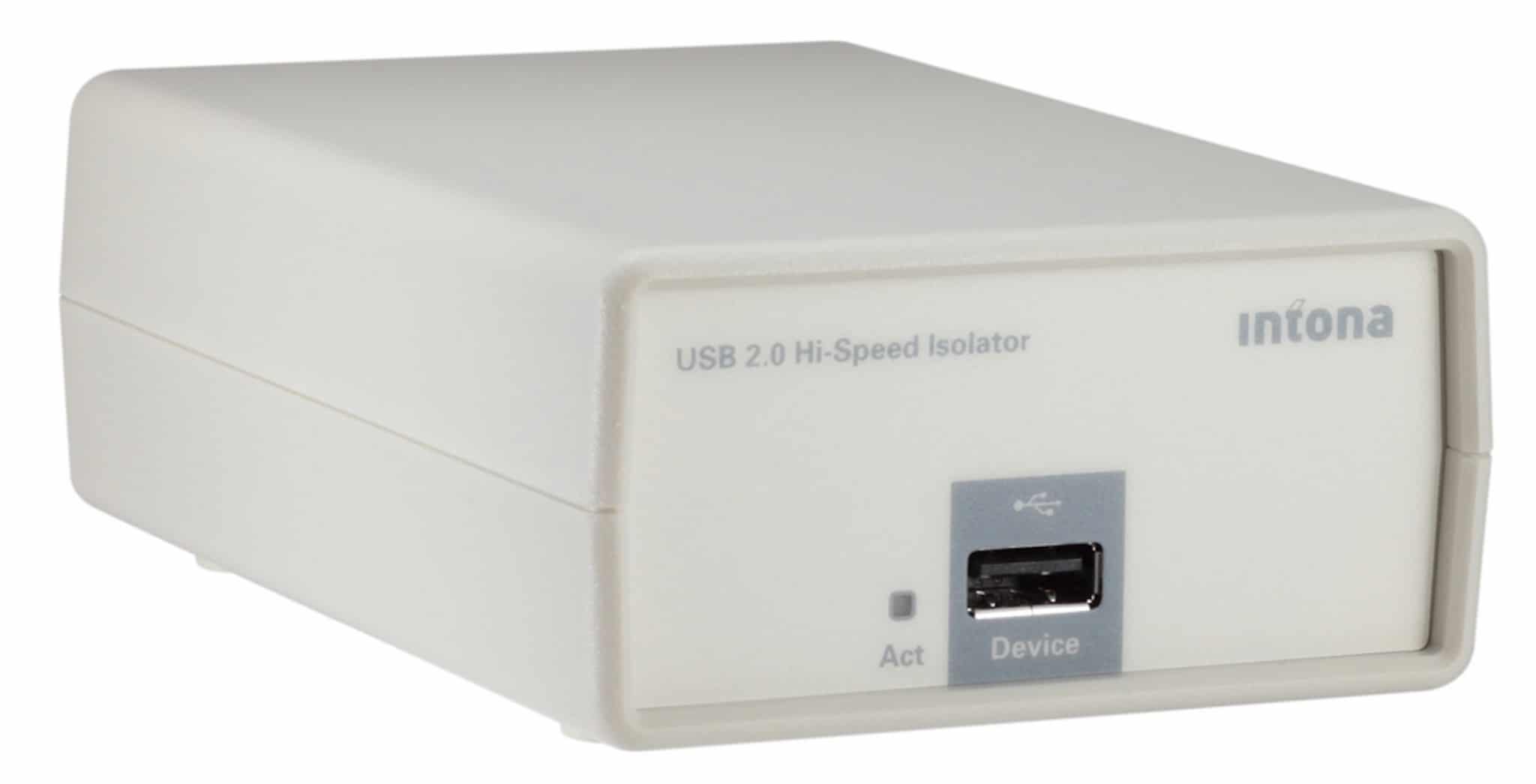
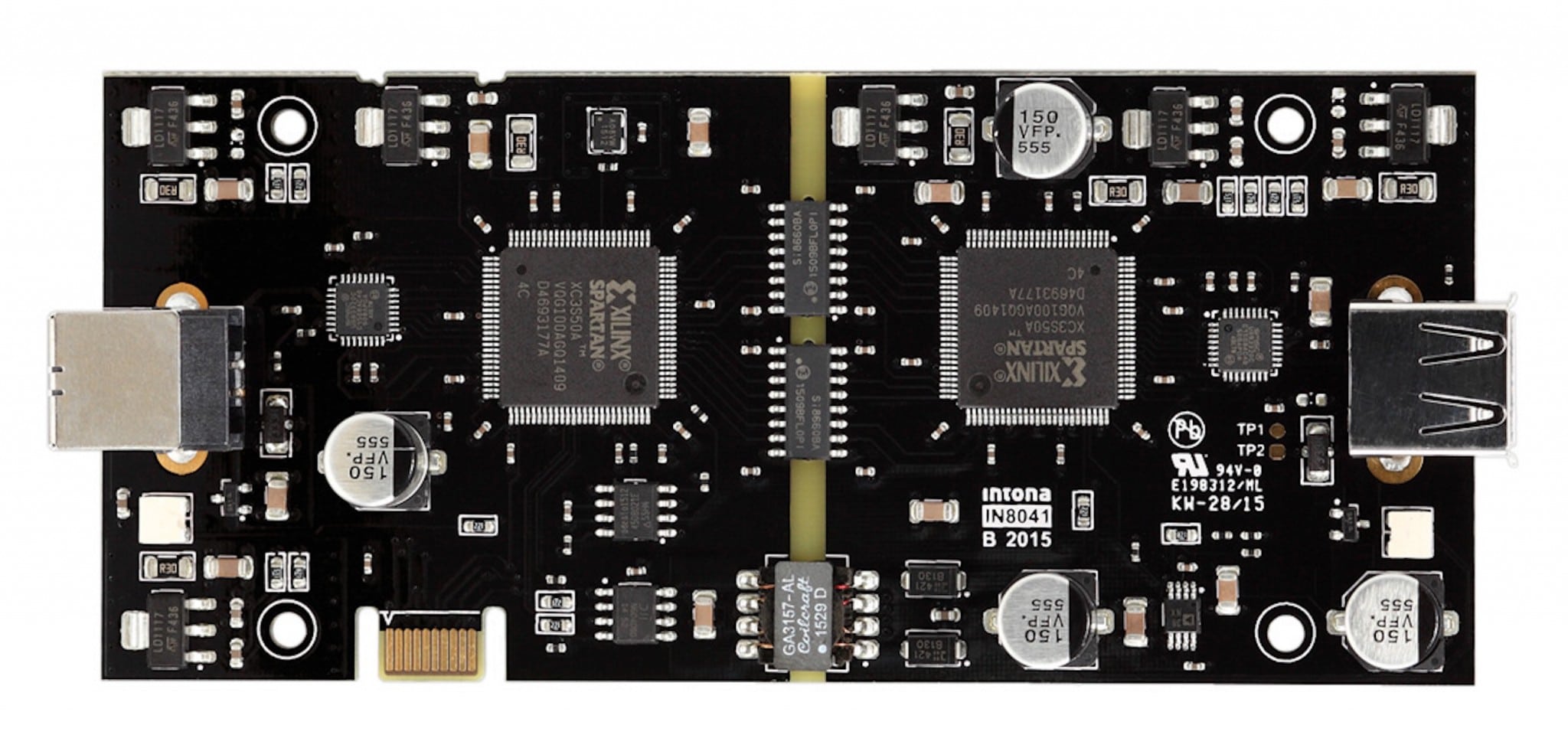
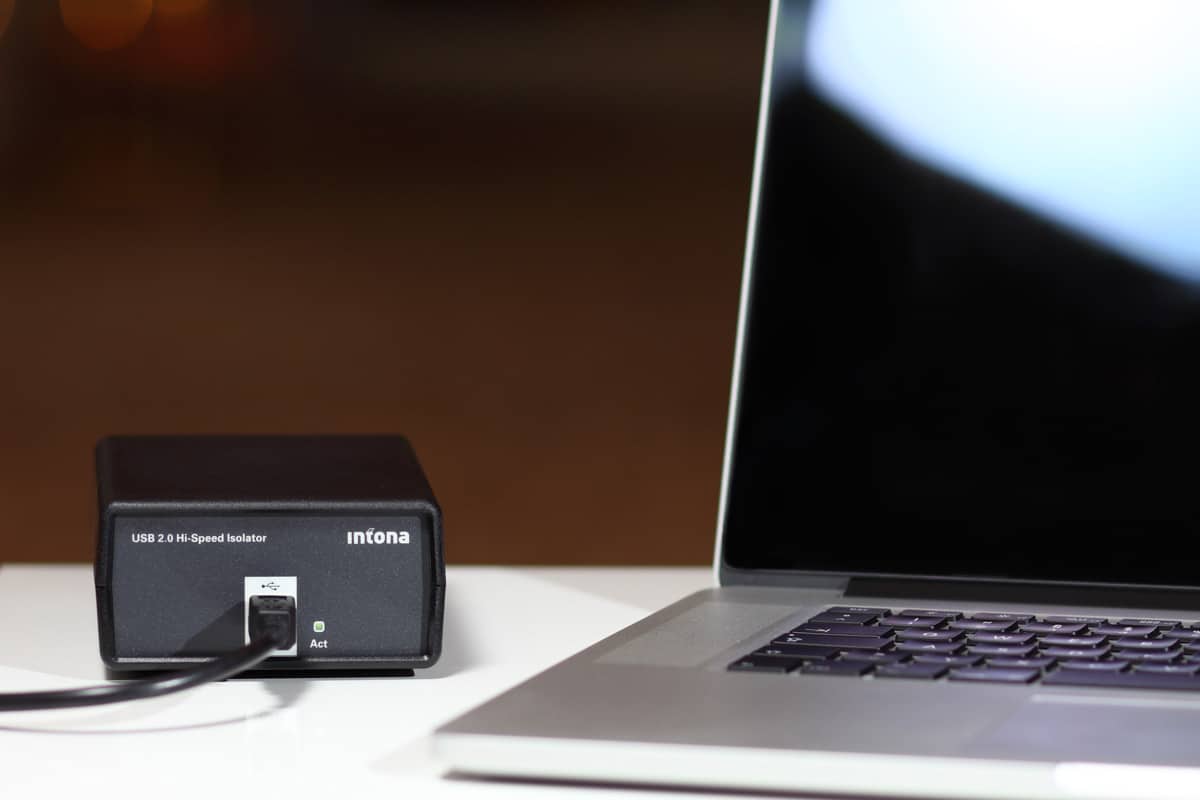
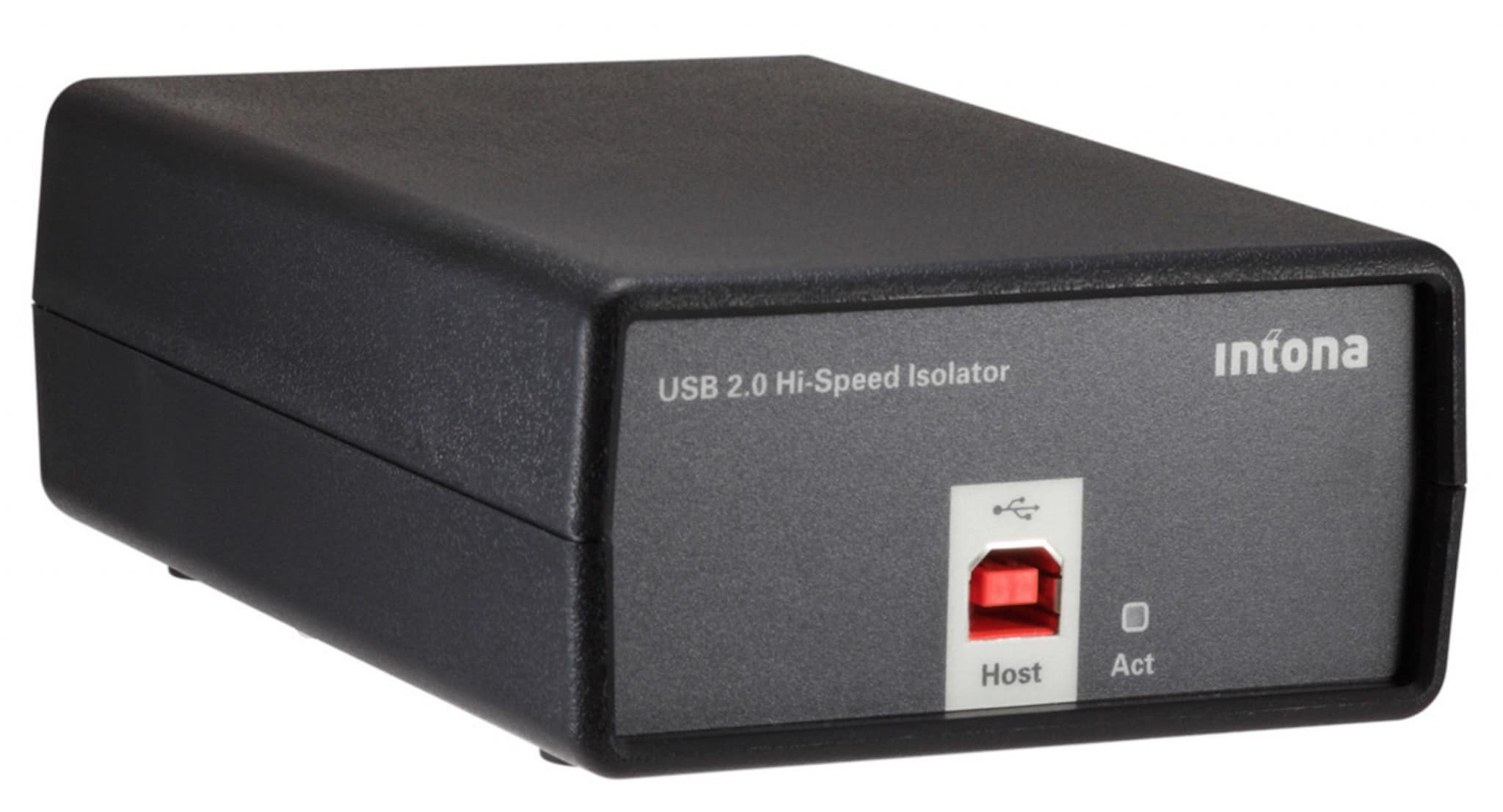


Hello Paul, can’t really understand why you write a review for a /- 300$ devise … when you connect it to 200$ DAC and AMP combo?? Who in the world will buy Intona Isolator for cheap DAC?
Yes, I have the Intona 7054 and I have tested it with iFi idsd, Sony TA-ZH1ES and Ec-Designs MOSAIC UV.
My conclusion on the deivce is that it is BRILIANT (!!) the sound will be better in the same way the SONY sounds better than the iFi iDSD and in the same way the MOSAIC beat the all.
As much better is your current DAC the more diference you will hear.
Hi Jacob – sometimes you review components because of known issues and to prove a point. From that, you can often reach a useful conclusion. Sometimes I use bright, badly mastered vinyl to review high-end cartridges, for example. Just to see how they cope with the technical issues presented by that known quantity, the vinyl itself. That, broadly, speaking, was what I did with this product.